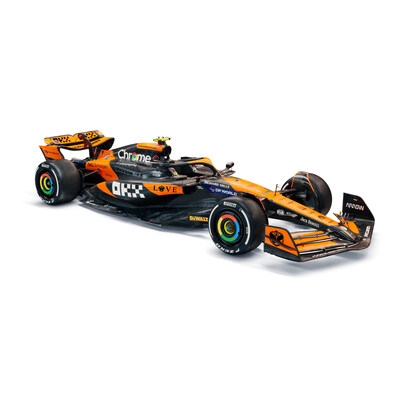Two of the first-ever desktop computers have been found in storage boxes at Kingston University in London. A milestone in human achievement, the Q1 microprocessor computer was released more than half a century ago, and only one other is known to exist.
The history of computers, and especially of what became the personal computer, is one of those topics that is extremely complicated to nail down. With the development of the silicon chip, the already fast-developing field of computers exploded as the technology jumped from major universities and corporations like IBM into the hands of small firms, hobbyists, and a new generation of young engineers.
It’s a story that makes for fascinating reading, but it’s also more than a little frustrating because when it comes to the question of what was the first true desktop computer as we know it today, the answer has to be qualified with “it depends” and “even then, it’s hard to nail down.”
Part of the problem is that the answer depends on how you define such a computer and what features it has to have. The other is that there are so many obscure computers from the 1970s that there’s always another contender that’s been overlooked.
This is why unearthing the Q1 is such a surprise. Dating back to 1972, it’s a fairly obscure machine with very few surviving examples and was rarely exported from the United States, so seeing one show up at Kingston in Britain is a bit of a shock. It wasn’t even found tucked away in a dusty exhibit case; it was turned up by the environmental clean-up company Just Clear when it was doing routine work at the school and found the two computers in a couple of old boxes.
Built by the Q1 Corporation in New York, the Q1 was arguably the first complete, standalone microcomputer with a built-in orange screen and keyboard, as was the later and similar Q1 Lite. It was capable of working with other Q1s as part of a network, interface with printers and hard drive memories, and was capable of such functions as acting as a computer terminal, word processing, and guided data entry.
That’s fairly impressive for such an early machine, which owed its flexibility and compact size to its Intel 8008 processor CPU instead of discrete TTL logic based on wired transistors. Even then, its performance was tiny by today’s standards with only 16 kilobytes of memory and a processing speed of 800 kilohertz. There are car-key fobs that can outdo that now. However, that processor gives the Q1 the claim to being the world’s first true microcomputer two years before the better known MITS Altair 8800.
“It is a real bonus being able to feature two Q1s – the world’s earliest microcomputers – at Kingston University,” said Paul Neve, senior lecturer and course leader of the undergraduate computer science program. “The early pioneers in the 1970s and 1980s laid the foundation for today’s everything device – the modern computer now so ubiquitous in everyday life. We rely on computers for our work, communication, productivity and entertainment, but without the early trailblazers none of these would exist. There would be no PCs, no Macs and no Apple or Android phones without Q1 Corporation, Sinclair, and Acorn.”
Source: Kingston University







